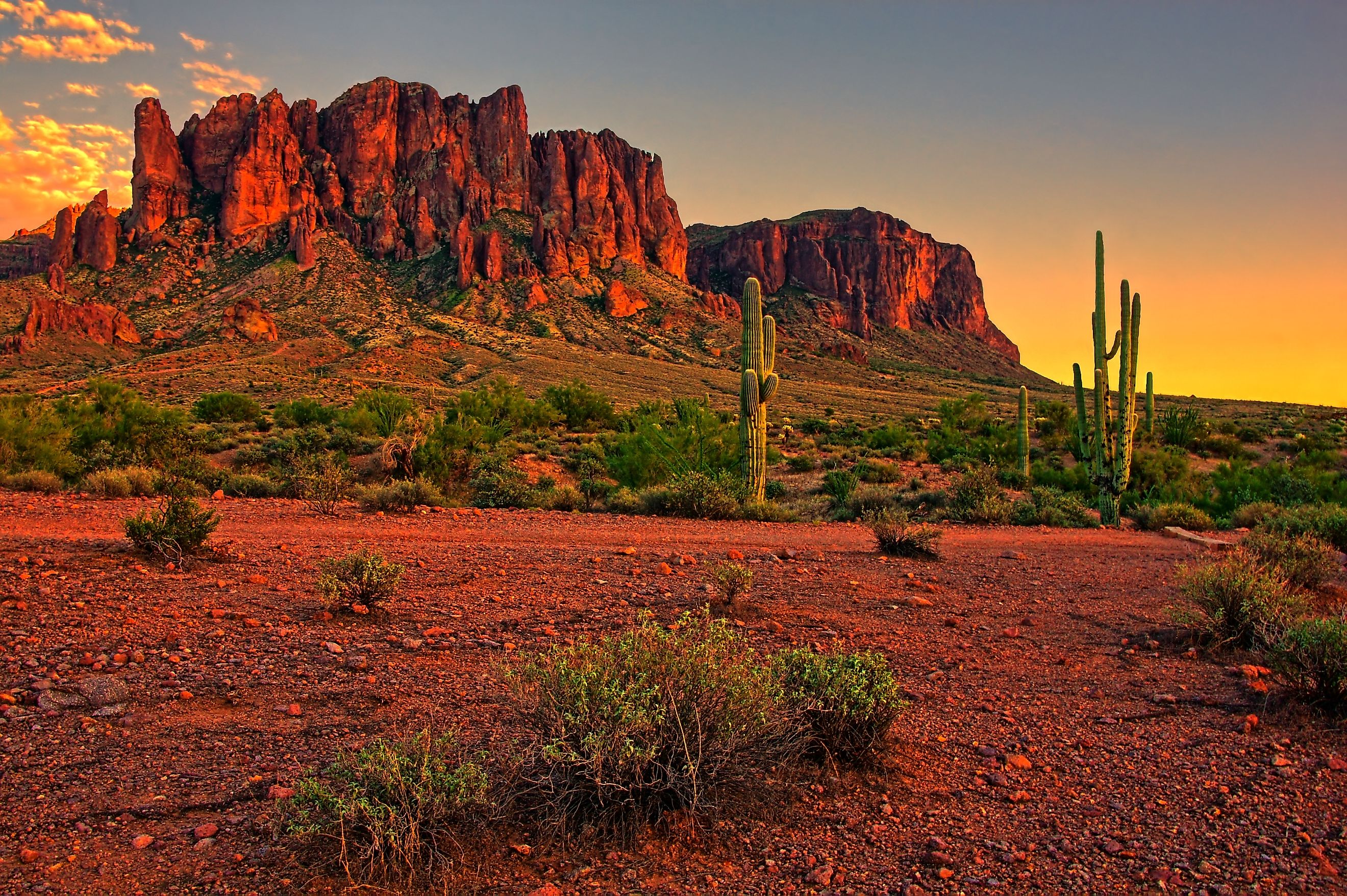
Southwest
The Southwest region of the United States is a landscape of stunning contrasts. Defined historically and geographically, it has shifted in meaning over the years, from incorporating Missouri, Arkansas, and Louisiana in the early 19th century to encompassing Texas, New Mexico, Arizona, Oklahoma, and portions of Colorado, Utah, and Nevada after the Mexican-American War.
Characterized by its arid climate, rugged terrain, and rich cultural history, the Southwest offers a fascinating tapestry of natural wonders, agricultural challenges, economic developments, and vibrant traditions.
The Landscape

The defining feature of the Southwest is its dryness. From the high plains of Texas to the mesas of New Mexico and the deep gorges of the Grand Canyon, the region is a showcase of natural beauty sculpted by time and the elements. The southern Rocky Mountains provide a cool contrast to the sprawling deserts of Arizona, where towering saguaro cacti dot the landscape. To the west, vast expanses of sand and rock formations create some of the most iconic desert scenes in the world.
Water has always been a precious commodity in this arid land. The Colorado River, responsible for carving the Grand Canyon, serves as a crucial lifeline for agriculture, cities, and wildlife. The Rio Grande similarly plays a vital role in sustaining life in New Mexico and Texas. Over the years, dams such as the Hoover Dam (1936) and Glen Canyon Dam (1966) have been constructed to manage these scarce water resources, fueling both economic growth and political disputes over water allocation.
Agriculture and Economy
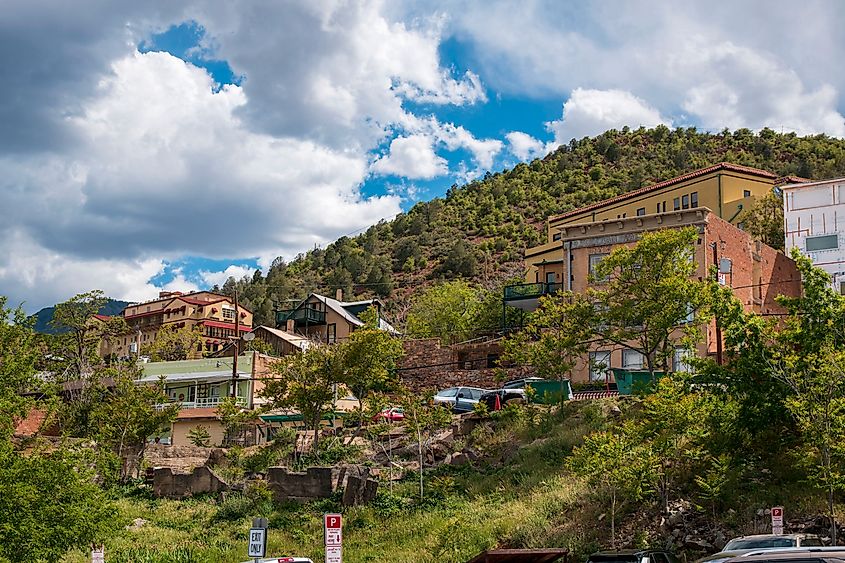
Despite its dry climate, the Southwest has developed a robust agricultural economy, thanks to irrigation systems drawing from the Colorado River and the Rio Grande. Historically, sheep ranching flourished under Spanish rule, leading to a transition in the Pueblo Indians’ weaving techniques from native cotton to wool. While sheep ranching has declined in recent decades, cattle ranching has surged, with Texas leading the nation in beef production.
Crops such as long-staple cotton, alfalfa, sorghum, citrus fruits, and grains are cultivated using extensive irrigation techniques. However, water shortages remain a persistent issue, often sparking disputes between states and communities over limited resources.
The Southwest’s economy is also heavily influenced by its rich mineral deposits. Arizona is a major player in copper mining, producing about two-thirds of the nation’s supply. The early 20th-century discovery of oil and natural gas in Texas and Oklahoma spurred local booms, leading to the development of Houston as a petrochemical hub. The region has also embraced modern industries such as aerospace, automobile assembly, aluminum production, and high-tech manufacturing, especially in Texas and Arizona.
Culture and Heritage
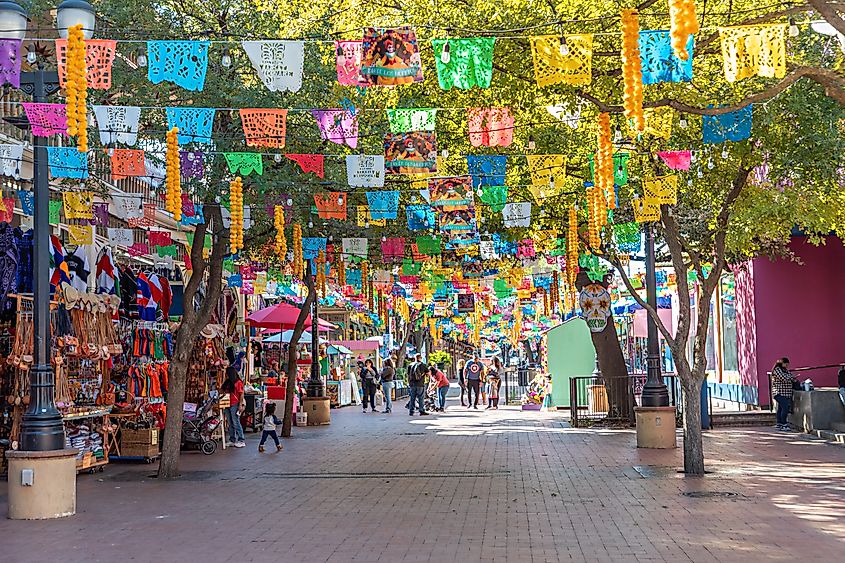
The Southwest is a melting pot of cultures, blending Native American, Spanish, Mexican, and Anglo-American influences. Indigenous tribes such as the Navajo, Hopi, Pueblo, and Apache have maintained their traditions, contributing to the region’s rich artistic and architectural heritage. Pueblo-style adobe homes, intricate Native American jewelry, and colorful weavings are hallmarks of Southwest craftsmanship.
Spanish colonial influences remain evident in the region’s architecture, language, and festivals. Cities like Santa Fe and San Antonio boast historic missions, while annual events like fiestas and rodeos celebrate Spanish and Mexican traditions. The region’s cuisine reflects this blend, featuring spicy chili peppers, tamales, enchiladas, and Tex-Mex favorites.
Tourism and the Allure of the Southwest
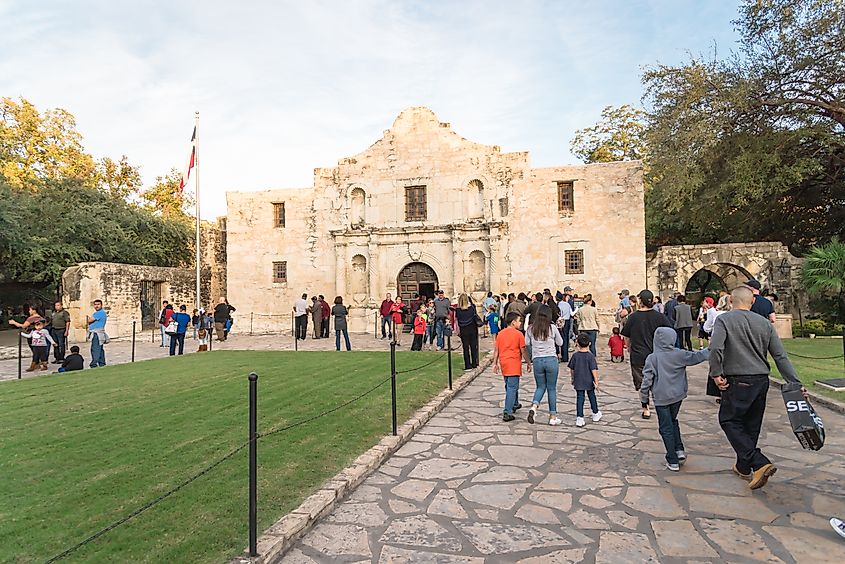
While the Southwest’s arid climate presents challenges for agriculture, it has become a boon for tourism. Visitors flock to national parks such as the Grand Canyon, Arches, and Big Bend to experience the breathtaking scenery. The region’s dry air and warm climate have also made it a favored destination for retirees and health seekers.
Cultural tourism thrives in cities like Santa Fe, where art galleries showcase indigenous and contemporary works. Albuquerque’s annual International Balloon Fiesta draws thousands, while Route 66 nostalgia remains a significant draw for road-trippers. The presence of historic sites, from ancient cliff dwellings at Mesa Verde to the iconic Alamo, adds depth to the Southwest’s tourism appeal.
Challenges and the Future
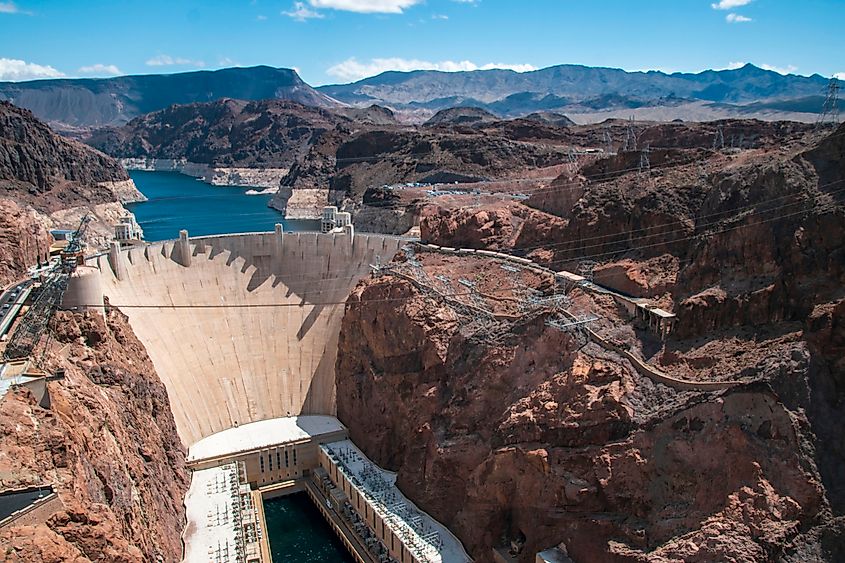
The Southwest’s future is shaped by its unique challenges. Water scarcity remains a pressing concern as populations grow and demand increases. Climate change threatens to exacerbate drought conditions, placing additional strain on agriculture and urban centers. Additionally, balancing economic growth with the preservation of natural and cultural heritage will be crucial for sustainable development.
Despite these challenges, the Southwest continues to captivate with its stark beauty, rich history, and dynamic culture. Whether through its awe-inspiring landscapes, thriving industries, or deep-rooted traditions, the region remains an essential part of America’s identity.